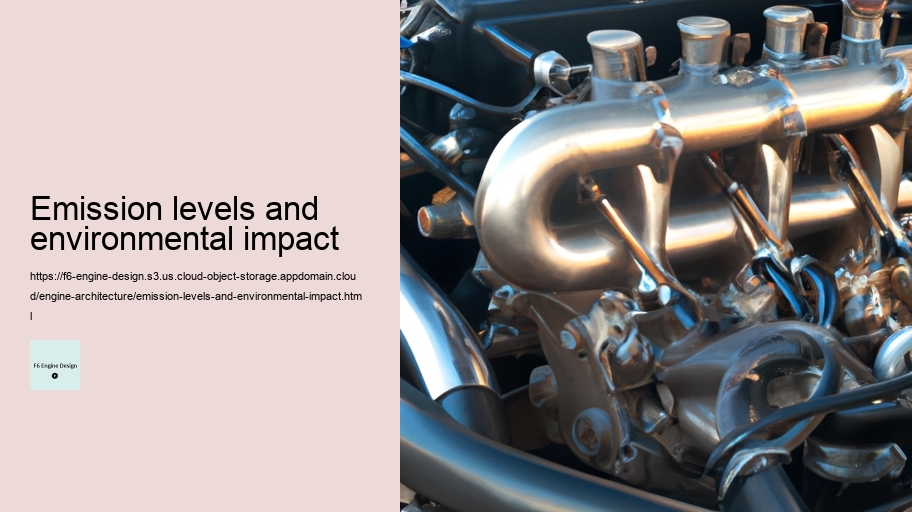Emission levels and environmental impact - Camshaft
- F6 Engine
- Engine swap
- Supercharger
- Engine sound
- Emission standards
---
Engine overhaul **Emission Levels and Environmental Impact: A Delicate Balance for Our Planet**
The term "emission levels" refers to the quantity of pollutants released into the atmosphere by various sources such as industrial facilities, vehicles, deforestation, and agricultural practices. These emissions are not just numbers on a page; they represent a significant factor influencing global climate patterns and directly impacting environmental health.
Understanding emission levels is critical because these figures help scientists track changes in air quality over time. Through meticulous data collection, we can discern trends that inform policy decisions aimed at reducing harmful emissions. This knowledge is vital when confronting issues like climate change, where greenhouse gases like carbon dioxide (CO2), methane (CH4), nitrous oxide (N2O), and fluorinated gases trap heat within Earth's atmosphere.
Environmental impact encompasses the effects of these emissions on natural ecosystems and human well-being.
Emission levels and environmental impact - Ignition system
- Camshaft
- F6 Engine
- Engine swap
- Supercharger
- Engine sound
Emission levels and environmental impact - Camshaft
- Acceleration
- Camshaft
- F6 Engine
- Engine swap
Moreover, rising CO2 concentrations are linked to climate change phenomena such as melting polar ice caps, rising sea levels, more intense weather events like hurricanes and droughts—and these events signal profound disturbances in our planet's delicate balance.
Emission levels and environmental impact - Acceleration
The relationship between emissions and their environmental impacts necessitates immediate action across all sectors of society—governmental policies must favor green technologies while incentivizing reductions in fossil fuel use; businesses should adopt sustainable practices; individuals are called upon to make environmentally conscious choices daily.
Through collective effort grounded in scientific understanding of emission levels' role in ecological welfare we might yet shift towards a future where economic development does not come at the cost of Earth's natural systems but rather coexists harmoniously with them ensuring long-term planetary health prosperity for generations come.
In conclusion mitigating adverse environmental impacts requires both local global cooperation dedication Innovations technology shifts public perception about sustainability measures could pave way cleaner greener tomorrow With informed careful stewardship emission reduction achievable goal one hopes will embraced urgency it deserves safeguarding legacy precious environment entrusted our care
